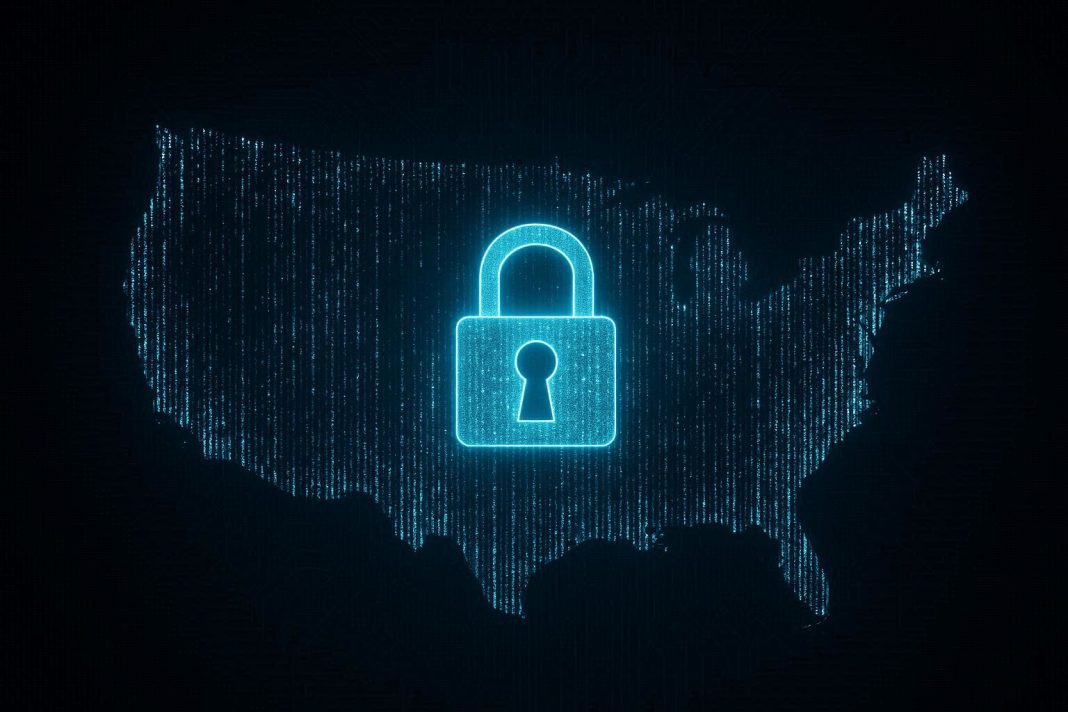In a startling cybersecurity breach this week, a loose group of hackers known as “the Com” has released the personal information of hundreds of United States federal officials in what experts are calling a massive data leak. The leak has reportedly exposed sensitive details belonging to members of the Department of Homeland Security (DHS), the Federal Bureau of Investigation (FBI), the Department of Justice (DOJ), and the Immigration and Customs Enforcement (ICE).
Massive Data Leak Targets Federal Agencies
Hackers shared the data leak on the encrypted messaging platform Telegram. They posted files containing personal data such as names, email addresses, phone numbers, and even home addresses of officials. Reports say the hackers organized the leaked data into multiple spreadsheets, with each one linked to a specific federal department.
This data leak ranks among the most alarming incidents in recent years and raises serious concerns about the vulnerability of sensitive government databases. The hackers exposed not only work-related details but also private information that could endanger individuals and their families.
🔓 Massive cyberattack rocks French defense giant—hackers claim 1TB breach
Cybersecurity analysts warn that this data leak could make federal officials vulnerable to identity theft or digital blackmail. Many experts stress that even seemingly harmless information, once leaked, can combine with other online records to create a complete profile of a target. This highlights how dangerous large-scale data leaks can be in today’s digital world.
The Com: A Shadowy Group Behind the Data Leak
The cyberattack behind this data leak was traced to “the Com,” a collective that includes several subgroups like Scattered Spider and Lapsus$. These groups are known for carrying out large-scale breaches, ransomware attacks, and extortion schemes targeting global corporations and public institutions. Over the past few years, they have disrupted major casino networks, retail chains, and technology companies through advanced hacking techniques.
This time, their focus shifted to law enforcement and federal agencies—an unusually bold move even for cybercriminals. Experts say that the group operates with little structure or coordination, functioning as a loose alliance of hackers from different regions. Their motive appears to range from financial gain to political messaging and online notoriety.
Arup Falls Victim to $25 Million Deepfake Fraud in Cybersecurity Breach
The hacker who leaked the data posted a message mocking a previous claim that criminal cartels were offering money for identifying details of federal agents. The post seemed to mock that claim, jokingly demanding payment and calling for “1 million dollars” in exchange for the leaked data. While the authenticity of the hacker’s statements cannot be confirmed, it reflects a growing trend in cybercrime—where data leaks are used not just for theft but also for creating chaos and humiliation for targets.
Law enforcement sources have yet to publicly comment on the authenticity of the leaked files, but early indications suggest that at least some of the data appears genuine. The incident highlights how easily cybercriminals can expose government officials’ information using tools available on the dark web or through compromised data brokers.
Widening Threats and Consequences of the Leak
This data leak is one of the most serious cyber incidents to hit U.S. institutions in recent years. Firstly, hacker collectives have repeatedly targeted both private companies and government systems, often using ransomware or stolen data to demand money or send political messages. As a result, this latest attack blurs the line between public and state-level targets.
The scale of the data leak is alarming. For example, one file reportedly exposed information on about 680 DHS officials, another on 170 FBI employees, and a third on 190 DOJ staff—making it one of the largest exposures of federal personnel data to date. In other words, thousands of sensitive records have fallen into the wrong hands.
Such data leaks, therefore, pose severe security risks. When hackers make personal details like home addresses and phone numbers public, criminals can commit identity theft, harass victims, or even issue physical threats. Moreover, once leaked, such information can circulate online indefinitely, increasing the risk of repeated misuse.
Hackers claim cyberattack on Iran shipping firms disrupts 60 vessels amid Gulf of Oman drills
Experts believe the hackers exploited outdated or unsecured systems, exposing long-standing cybersecurity weaknesses. The group behind the leak, “the Com,” blends cybercrime with social manipulation, mocking authorities and using leaks for attention.
Officials are investigating how the data leak occurred—whether through hacked systems or stolen public data. Agencies have since tightened controls and reviewed access points. The incident follows a surge of cyberattacks across the U.S. and Europe, showing that even top government networks remain vulnerable and highlighting the urgent need for stronger cybersecurity.

